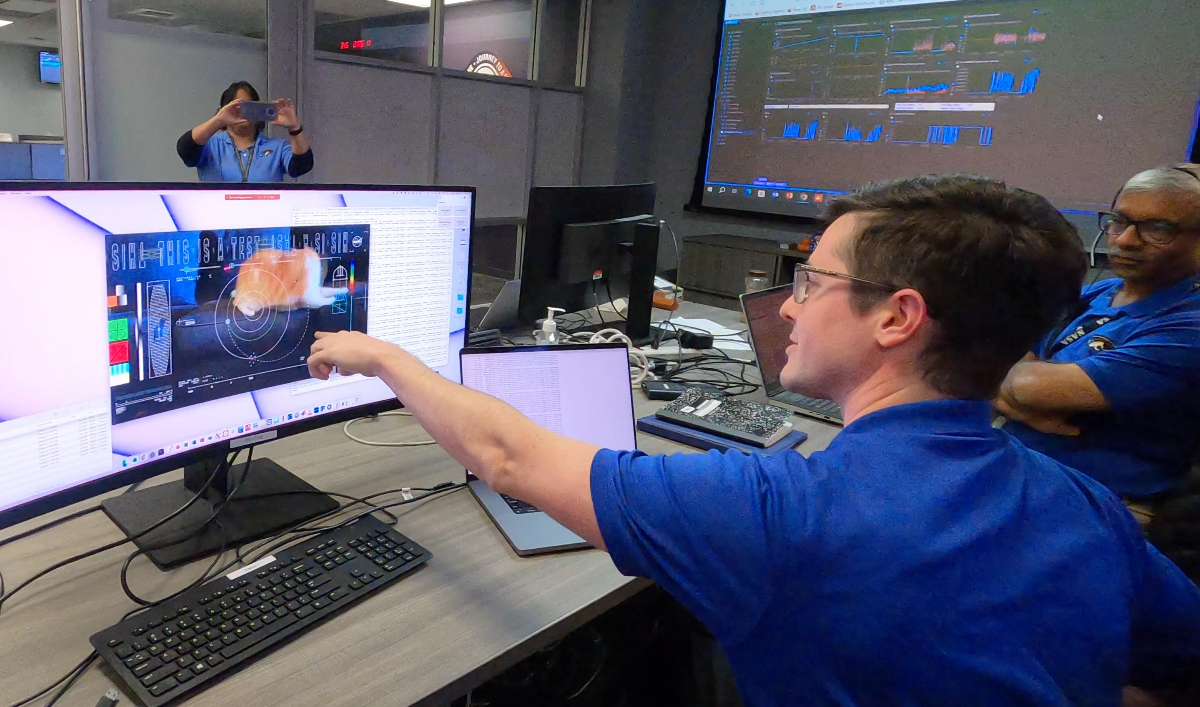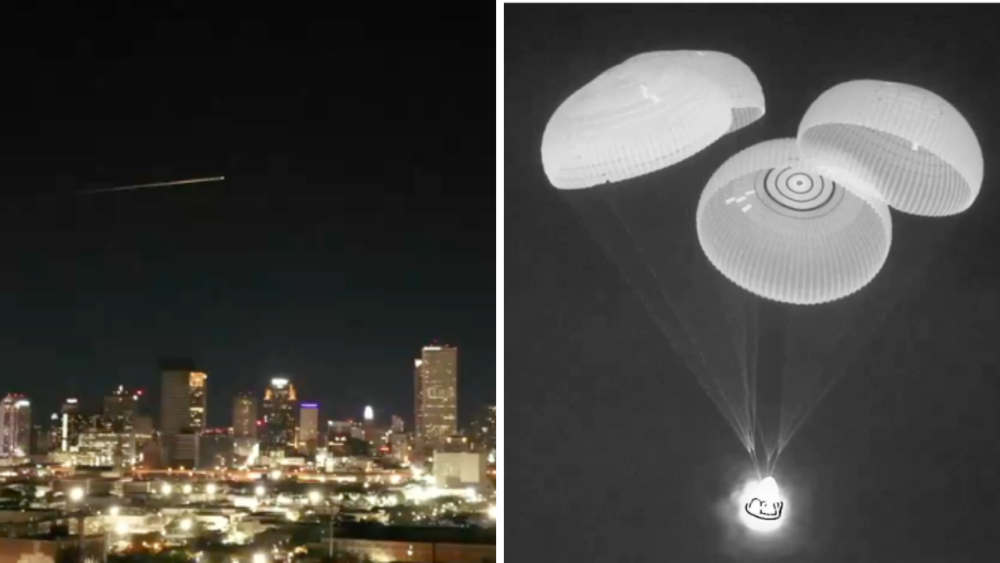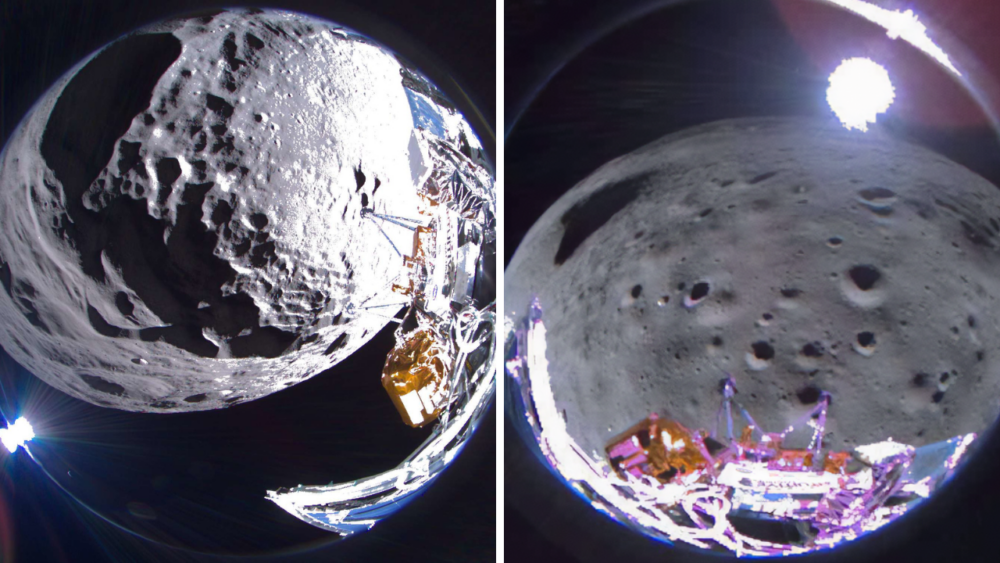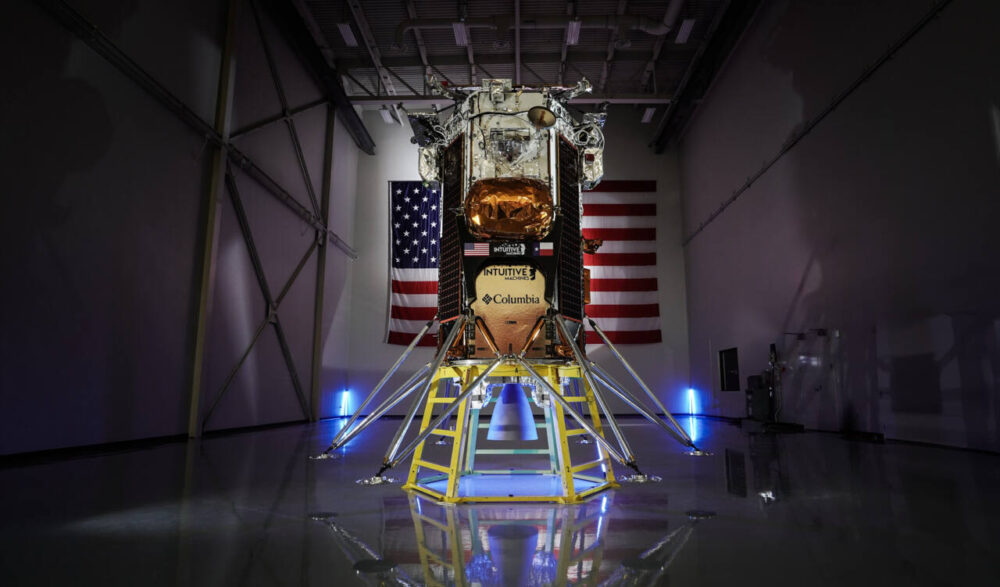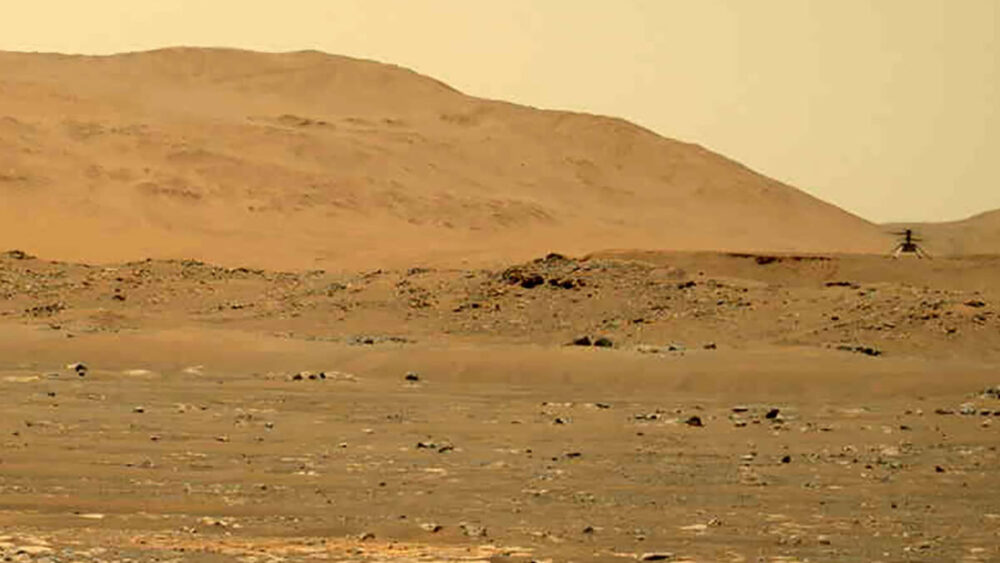NASA beams cat video from deep space to Earth
One small step for man. One giant pounce for felinekind.
A cat named Taters just made history. NASA recently streamed a high-definition video of Taters from outer space back to Earth. But here is the most amazing part: They were able to do so from 19 million miles away. That is about 80 times farther away than the moon is from the Earth!
NASA shared the news on their social media, including on X:
We just streamed the first ultra-HD video brought to you via laser from deep space. And it’s a video of Taters, a tabby cat.
This test will pave the way for high-data-rate communications in support of the next giant leap: sending humans to Mars. https://t.co/tf2hWxaHWO pic.twitter.com/c1FwybYsxA
— NASA (@NASA) December 19, 2023
MORE: Watch the SpaceX Dragon capsule reenter the Earth’s atmosphere
The video was sent via a cutting-edge innovation called a flight laser transceiver. The transceiver, which launched with NASA’s Psyche spacecraft in October, has revolutionized our ability to communicate with deep space. The high-def video illustrates how far we can communicate outside of Earth’s orbit, and how clear and reliable that communication can be. This is essential for deeper space travel, specifically as NASA looks to expand its reach to Mars.
“Increasing our bandwidth is essential to achieving our future exploration and science goals, and we look forward to the continued advancement of this technology and the transformation of how we communicate during future interplanetary missions,” explains NASA Deputy Administrator Pam Melroy in a press release.
You can watch the video that NASA launched into outer space below on YouTube. Fittingly, Taters is playing with a laser pointer as laser technology transports his furry perfection across millions of miles:
The 15-second video of Taters was launched from outer space to Caltech’s Palomar Observatory. It only took 101 seconds for the video signal to reach Earth and the Hale Telescope. Then, the video was downloaded and then sent to NASA’s Jet Propulsion Laboratory in Southern California for its live demo. Talk about a quick connection!
“Despite transmitting from millions of miles away, it was able to send the video faster than most broadband internet connections,” said NASA’s Jet Propulsion Laboratory electronics lead Ryan Rogalin.
NASA’s Psyche mission is far from over. The spacecraft is headed to Psyche, a metal-rich asteroid, that orbits the sun in between Mars and Jupiter. NASA expects Psyche to arrive at its namesake in May 2026.


